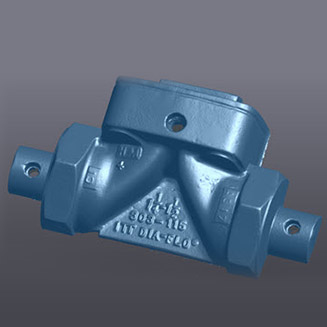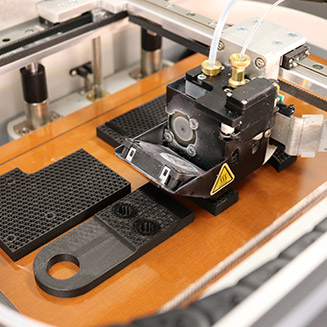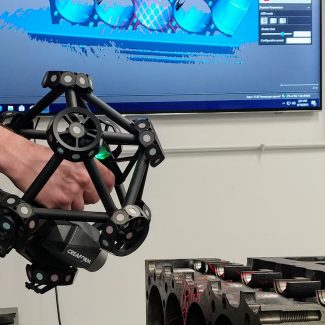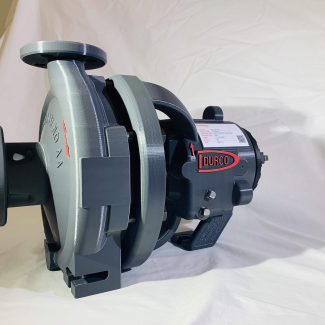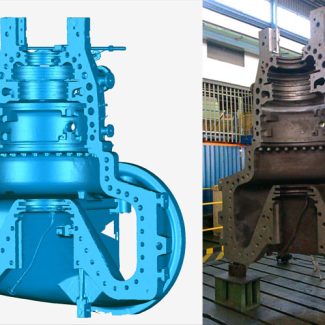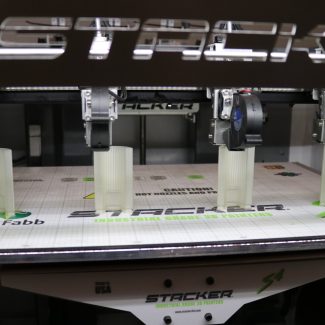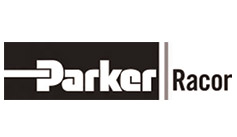Get to Know the Lost Foam Casting Process
When making metal parts, traditional casting methods are known to present some common hurdles. They aren’t great for intricate designs and often require expensive tooling. Not only that, but you must deal with a lot of waste in the end. Luckily, you can solve all these problems with the lost foam process.
What is Lost Foam Casting?
Lost foam is a casting method used to create highly detailed metallic parts. For this, the process uses certain molds or polystyrene pallets. Polystyrene foam is used because of its low thermal conductivity, which is between 0.033 and 0.04 W/m·K. This prevents heat transfer and allows even metal distribution.
The main reason this technique is preferred over other casting methods is that the molten metal causes the mold to evaporate. So, once the part is created, it doesn’t require any shaking.
How Does Lost Foam Casting Work?
Step 1: Making the Design
The first step is to design the mold. This can be done by hand cutting the polystyrene foam or machining it with CAD (Computer Aided Design) software. If the design is complex, you may have to glue certain pieces together. Besides that, producing pieces in bulk will require you to use the polystyrene beads injection process.
Step 2: Insulation Paint
In this step, the created pieces are covered with insulation paint to make the surface consistent, erosion-proof, and durable. After coating, the pieces are allowed to air dry.
Step 3: Mold Insertion
Next, the molds are inserted into a flask. This flask is filled with un-bonded sand and contains a sprue for pouring in molten metal. There are also some vents to allow hot air to escape.
Step 4: Pouring Molten Metal
Once the flask is made compact, molten metal is poured in through the sprue. The metal’s high heat evaporates all the foam, allowing the liquid to take its place.
Step 5: Extracting the Part
Finally, when the metal solidifies into the required part, it is removed from the flask.
Benefits of Lost Foam Casting
There are many benefits that come with lost foam coasting. These include:
Optimal for complicated designs that require high precision.
Smooth and detailed finish.
The process is simple, so it saves you money.
Chances of defects are minimal.
Where is Lost Foam Casting Used?
Long-form casting can be used in many industries, such as automotive, decor, arts defense, etc. Besides this, the process can be carried out using a large range of metal alloys. So, you can use it to make fire hydrants, valves, blocks, and even lamp posts, among other things. So, if you want to make a metal part that is highly detailed and precise, the long-form process is your best bet.
Metal parts are important in all kinds of industries and have unlimited applications. However, making these parts can be quite a hassle, especially if the design is intricate.
That’s why, in such cases, you should always go for the long foam process. It’s simple, less expensive, reduces waste, and guarantees exceptional results. Contact us for more information.

